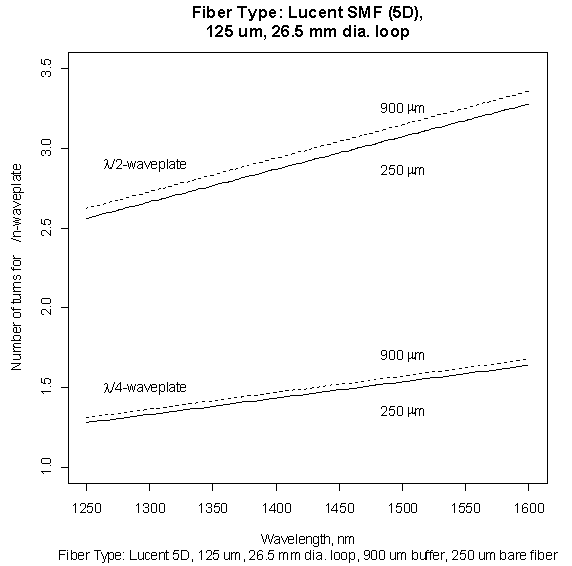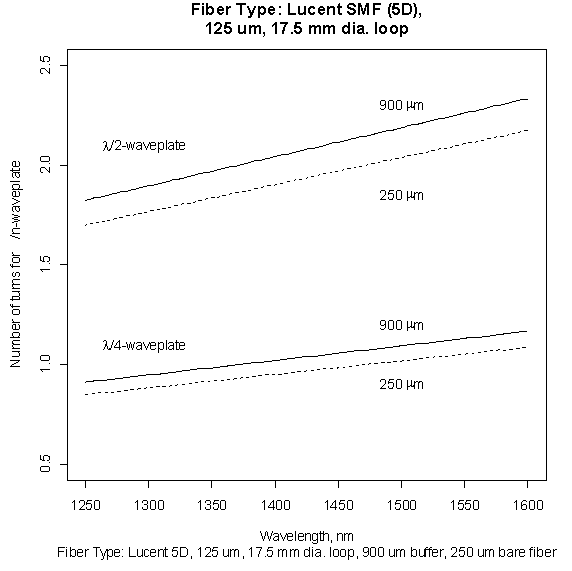
|
|
|
|
|
||
|
|
|
Application Notes for Fiber Polarization Controller |
|
Support
|
FiberControl fiber polarization controller's unique user-friendly design utilizes stress-induced birefringence to alter and control the state-of-polarization (SOP) of light in single-mode fibers. With each of the three paddles acting as a fractional waveplate, complete coverage of the Poincaré sphere and control of the SOP are achieved by adjusting the angles of the paddles. Originally patented at Stanford University by Herve C. LeFevre, this product is now fully licensed for sale within the United States and throughout the world. Polarization control is an important consideration for those working within the fiber-optic industry since virtually all-optical components have some degree of polarization sensitivity. Whether your system incorporates acousto-optic modulators, electro-optic modulators, gratings, filters, fused-fiber couplers, angle-polished fibers, etc., each device has its own preferred SOP. Depending on the device, this sensitivity to SOP may be less than a tenth of a dB - for others, can easily exceed a dB. For an ensemble of components, the difference in system performance between a randomly chosen SOP and one that's carefully controlled can be very significant. To optimize system performance, the SOP must be individually adjusted at the input of each of these polarization sensitive devices.
Figure 1 shows an example of a simple experimental setup requiring control of the polarization. The laser's output is highly polarized. The SOP at the input of the polarization splitter must be properly aligned. The PC is adjusted to allow the TE-mode to pass on to the detector. In this example, if the SOP were not properly aligned, a significant loss would occur. This is also true when other devices such as an electro-optic modulator, acousto-optic modulator, semiconductor optical amplifier, fiber gratings, etc. replace the polarization splitter
While the devices listed in the above example show an obvious need for the
control of the SOP, other applications also require its use where the
polarization dependent changes are subtler. These include devices such as
couplers - used as taps or for WDM.
Having been modeled after in-house versions used within a world-renowned research laboratory for more than a decade, the coil diameters were chosen to maximize end-user flexibility over a variety of wavelengths and applications. The figures in the appendix show the number of fiber turns in each paddle, as a function of wavelength, for both diameters which give true l/4-wave and l/2-wave operation. Many researchers working at 1.55 mm typically place two turns in the outer diameter (26.5 mm) of each paddle to provide complete coverage of the Poincaré sphere with low insertion-loss. As can be seen in the second graph, true l/4-wave:l/2-wave:l/4-wave operation can be obtained using the inner diameter (17.5 mm) resulting in a slightly higher insertion-loss. Additional Information: Principles of Optics - Electromagnetic Theory of Propagation Interference and Diffraction of Light by Max Born and Emil Wolf.
|



